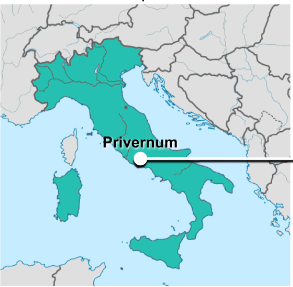The Roman Empire is known, among other feats of engineering, for its extensive and durable road system. This transportation network extended north to Britain, south to northern Africa, east to Mesopotamia, and west to Portugal. In total, the Romans built over fifty thousand miles of roads, facilitating the spread of the empire through efficient military transport.
Roman roads are famed for their straightness, durability, and innovation, including surfaces that facilitate water drainage. These innovations have allowed many roads to survive for millennia. However, the specific mechanisms used to build these roads have remained unknown. Recently, researchers from MIT have performed analyses on the mineral components associated with ancient Roman mortars, shedding light on the materials and preparation methods used to construct these roads.
For centuries, Roman roads—and other architectural elements, including walls, foundations, and aqueducts—were constructed using unreinforced concrete, and they were bound by mortar made from volcanic ash and lime. Lime mortars typically rely on taking carbon dioxide from the air to harden, but Romans used hydraulic mortars, meaning they combined lime with water and silicates to form a harder, more durable material. This invention allowed them to build larger and more complex structures than ever before.
A notable feature of their concrete is the presence of relict lime clasts, which are pieces of remnant limestone left over after construction. Previous investigations of these clasts focused on those in maritime Roman concretes, such as those used in bridges. However, there has been less research conducted on lime clasts in open-air Roman constructions, such as roads. The team at MIT, led by Admir Masci, sought to investigate these clasts. Using a sample of lime clasts obtained from the archeological site of Privernum, Italy, the researchers performed a series of electron microscopy and x-ray spectroscopy tests. They then used advanced imaging techniques to characterize the composition of the lime clasts.
These analyses generated insight into the method of mixing the Romans used for the mortar. The team found compelling evidence for hot mixing of mortar using quicklime (which contains calcium oxide) instead of, or in addition to, slaked lime (which contains calcium hydroxide), which was more common at the time. To confirm their hypothesis, the team developed a cement mixture using the same materials and preparation methods the Romans used. They found that the concrete exhibited a remarkable self-healing effect of cracks measuring up to 0.5 milimeters in width. This self-healing effect provides insight into the durability of Roman structures and may have helped pave the way for the development of more durable and resilient concrete structures that characterized the Roman empire.
According to the team, Roman mortars and concretes have remained durable in a variety of climates, seismic zones, and even in direct contact with water, such as those used in bridge building. This is in stark contrast not only to other concretes used by the Romans’ contemporaries, but also to modern concrete. As a result, the longevity and innovation of Roman concrete can provide an attractive model for the design of sustainable construction projects, even for modern engineering applications.

